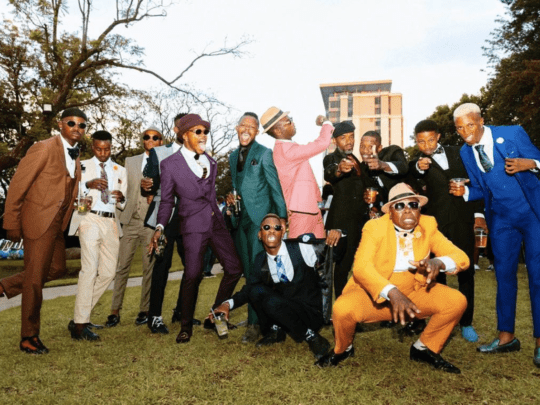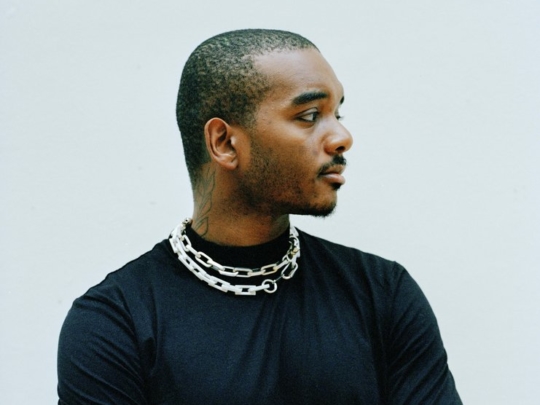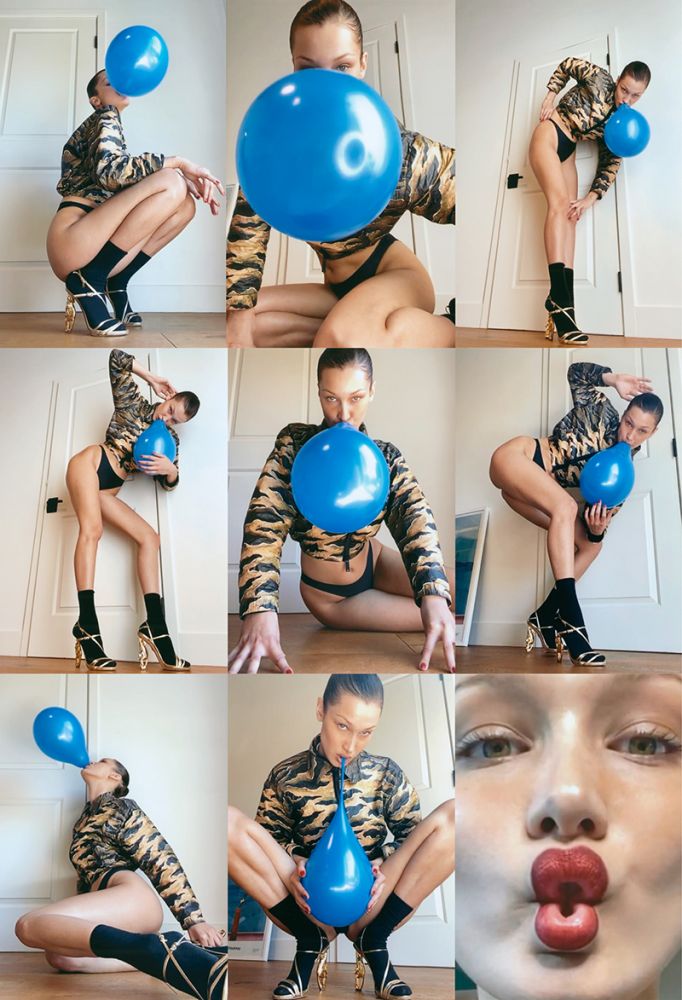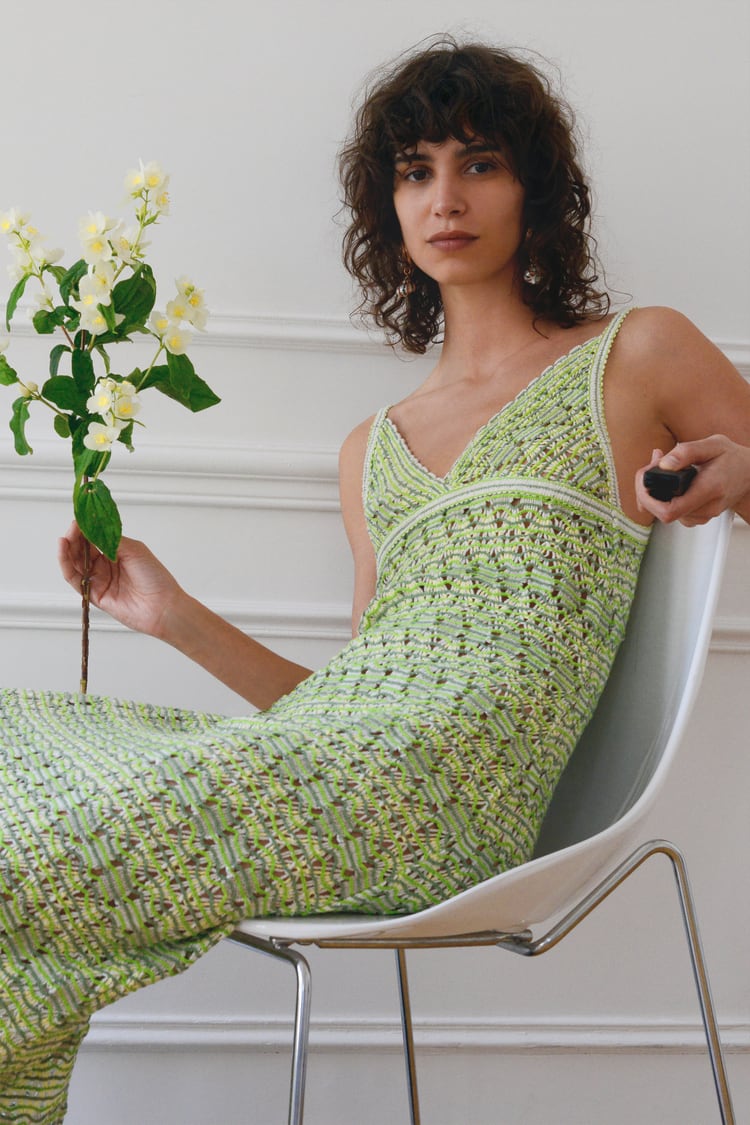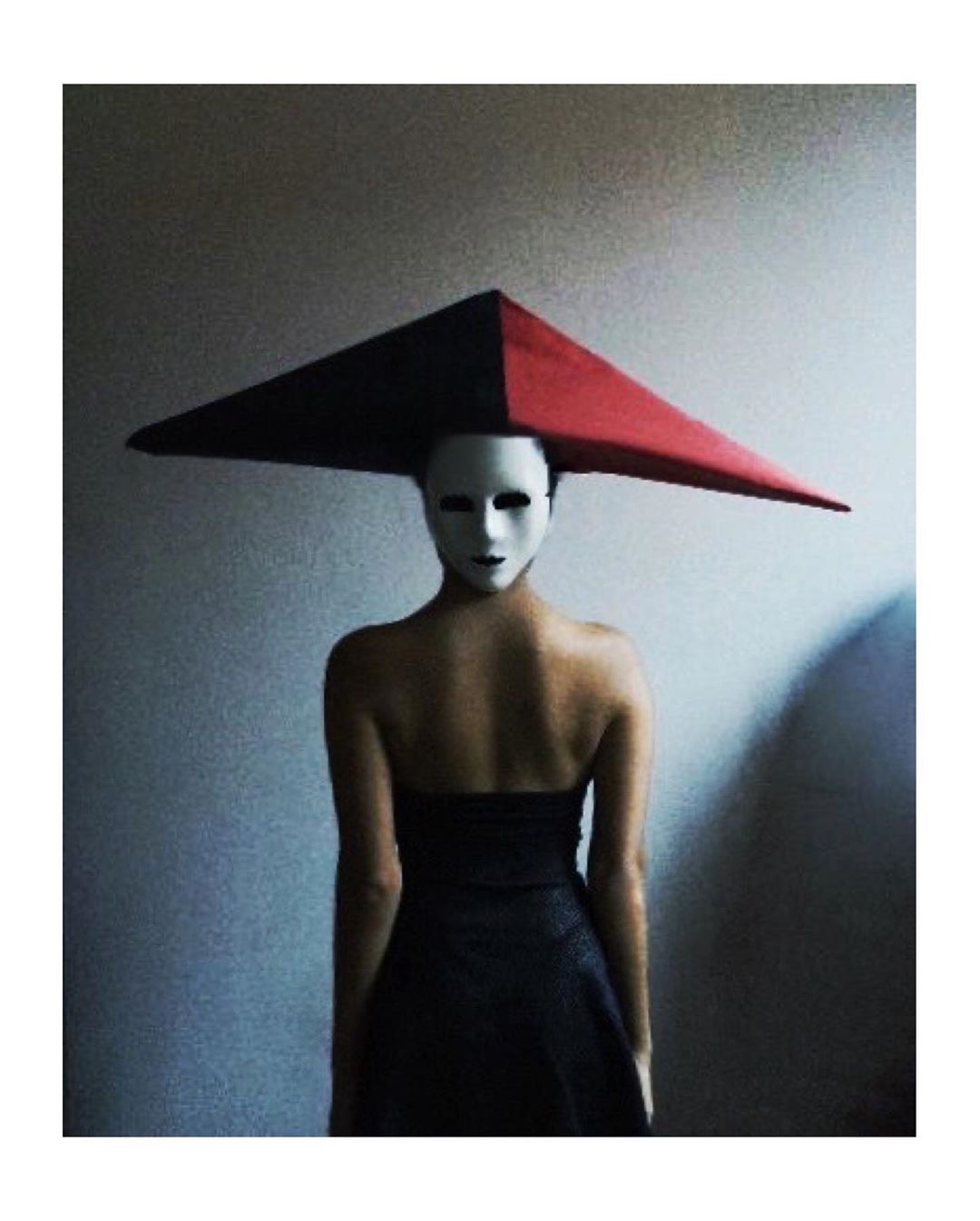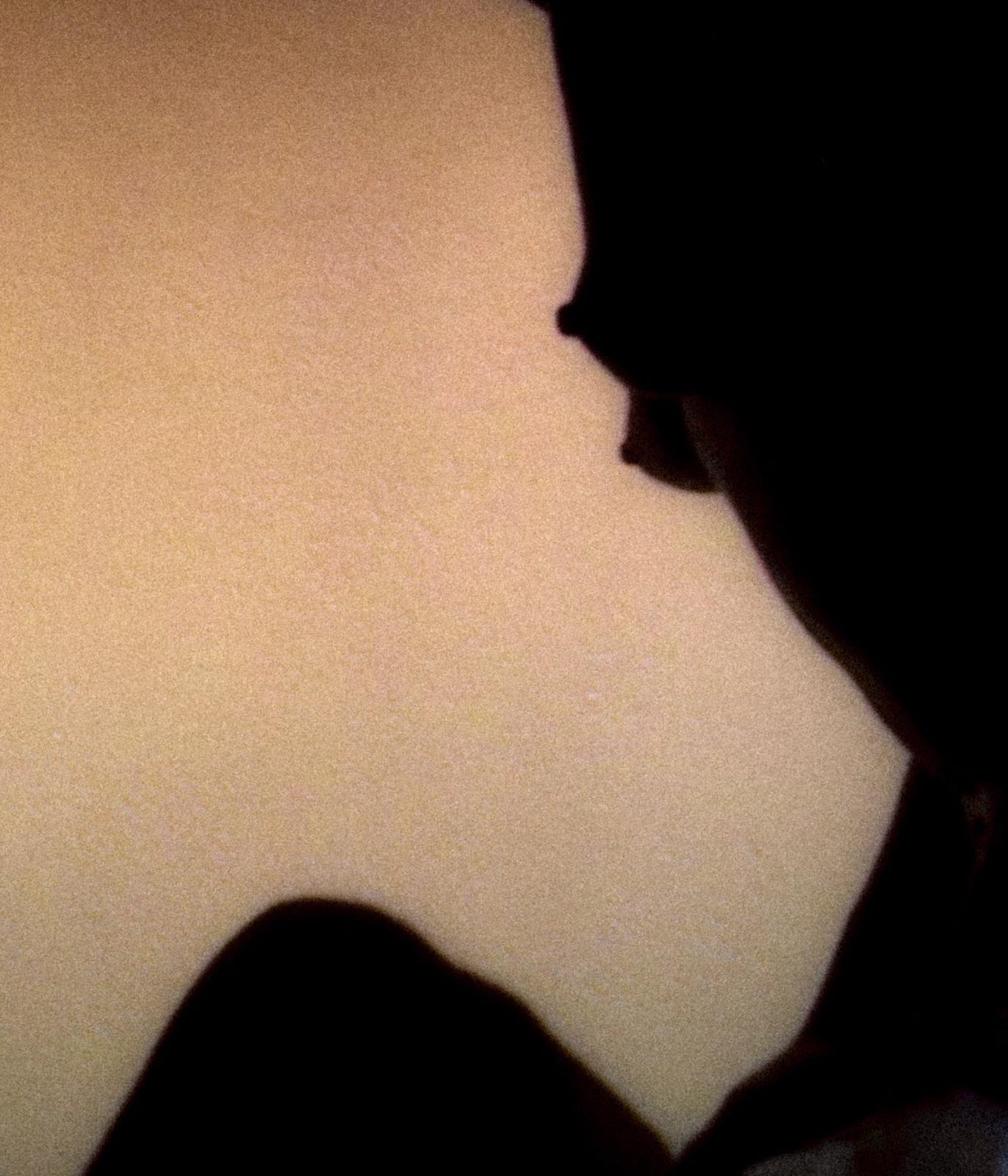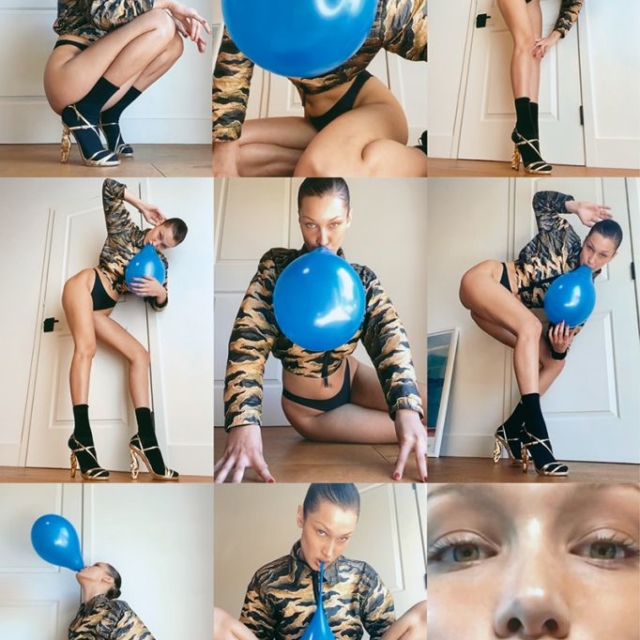These are just a few examples of fashion’s creativity under lockdown. Significantly, they serve to democratise the fashion image. They represent a move away from, say, the haughty perfection of Mario Testino’s chiselled shots or Tim Walker’s extraordinary fashionable imaginings of Alice in Wonderland. The new direction is all about well styled, realistic and accessible photographs, featuring fashion’s most famous faces in more informal settings.
So, are these virtual shoots merely fleeting examples of COVID-enforced creativity, or will they result in an industry-wide democratisation of photography? Will we see a long-term adoption of this more intimate style?
Any academic analysis of the democratisation of fashion tends to look way back, referencing the invention of the sewing machine in the 19th century, for example. More recently, such an analysis might highlight the bloggers’ infiltration of the fashion system in the Noughties.
The current democratisation trend is focused firmly on the fashion image, with the modern Insta-ready selfie leading the way. As Mert Alas has shown, along with a generation of bloggers and Insta fashion influencers, fashion photography can be more wide-ranging than the images presented on the pages of Vogue. We can now acknowledge that a well-styled, well-lit selfie constitutes a fashion image just as much as a fashion spread in a magazine.
And so, a new genre of fashion photography is emerging. If this virtual trend truly proves a long-lasting one, the good news is that it will allow more people into the game. Keep working it from home.

